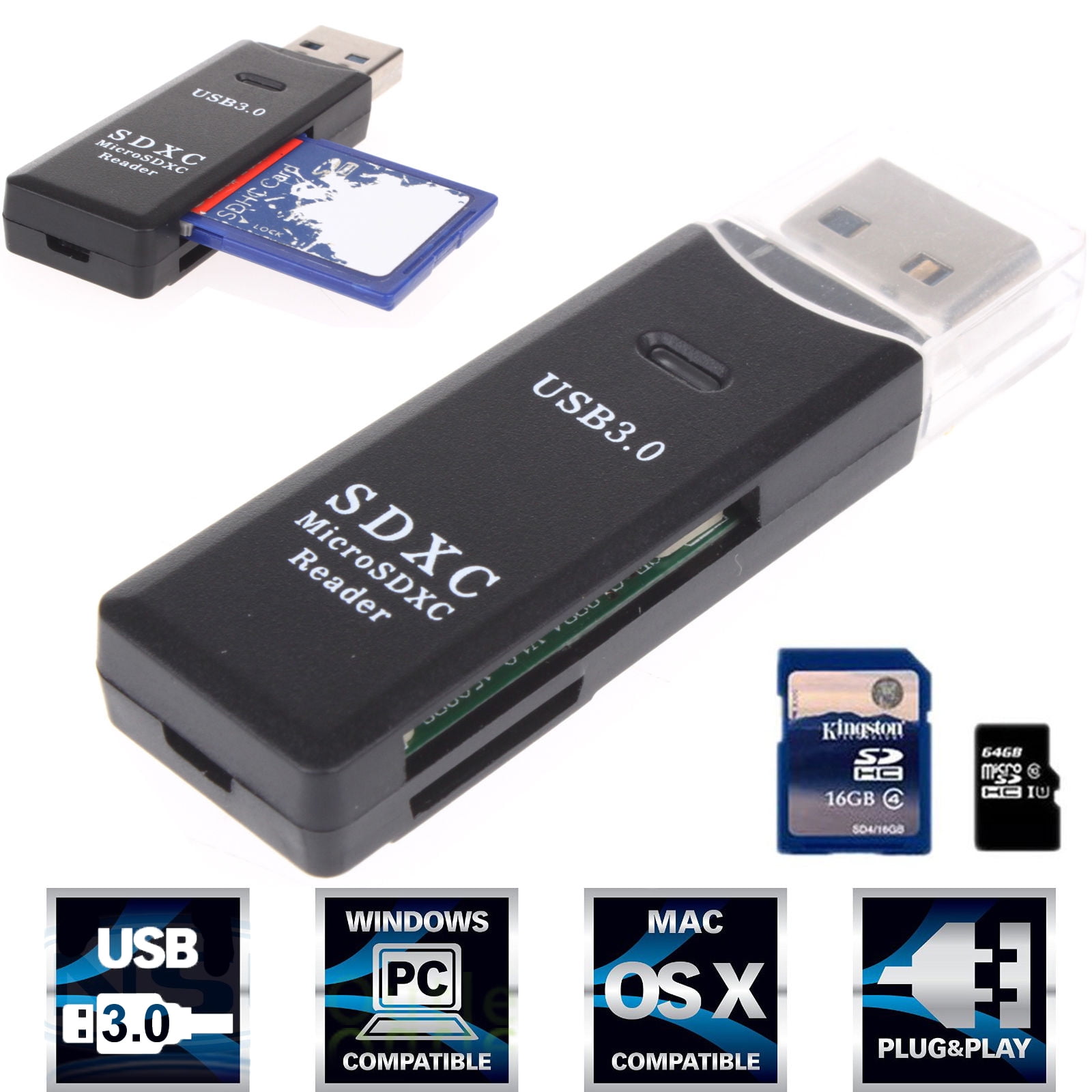


the drivers in some Linux distributions have been improved since the initial release.the firmware / bootloader on early Raspberry Pi boards had a problem with Class 10 high speed cards.

You will notice that the same card may be shown as working and not working the model numbers on cards do seem to be confusing. There are several reasons why a card may not work. Unfortunately there is little scope for analysis of the failures given below. The SD Card Association suggests there are more than 400 brands across dozens of product categories and more than 8,000 models. Users have listed working and non-working cards here. That page also shows where these cards can be bought from. Check the SD Card setup page to help you make this decision. If you don't buy a preinstalled card, you will have to create one yourself. You might like to consider buying a preinstalled card a wide range of branded SD cards preinstalled with operating systems are available. See the following links for other information: Read the Wikipedia article for those details. There are other properties of SD cards that are not covered here. SD cards come in a range of storage sizes. The Raspberry Pi B+ and Raspberry Pi 2 Model B (second generation) require the smallest one, the MicroSD. The Raspberry Pi A and B use the largest one the miniSD card and the MicroSD card can be used in those models, but you will need an adapter / holder to fit it. SD cards come in three physical sizes (see picture). Please bear in mind that the maximum throughput of the card reader of the Raspberry Pi is 25 MB/s and that most likely read and write speed won't exceed 22 MB/s. You have a different computer to play with.

Simply power off, switch cards, and reconnect the power. One advantage to using an SD card like this is that you can have several SD cards, each with a different operating system, or a different purpose. If you are new to this check the instructions, or buy a pre-formatted SD card. The SD card must be formatted, or written to, in a special way that means the Raspberry Pi can read the data it needs to start properly. Do NOT push in or pull out an SD card while the Raspberry Pi is connected to the power, as this is likely to corrupt the SD card data (you might get away with it, but it is best not to). If there is no SD card inserted, it will not start. connected to a power supply, a special piece of code called the bootloader is executed, which reads more special code from the SD card that is used to start up the Raspberry Pi. When the Raspberry Pi is 'switched on', i.e. Storage can be extended through many types of USB connected peripherals. The SD card is a key part of the Raspberry Pi it provides the initial storage for the Operating System and files. 4.5 SD(DC|DX] Card Class 6 & 10 Hints with OverClockings.


 0 kommentar(er)
0 kommentar(er)
